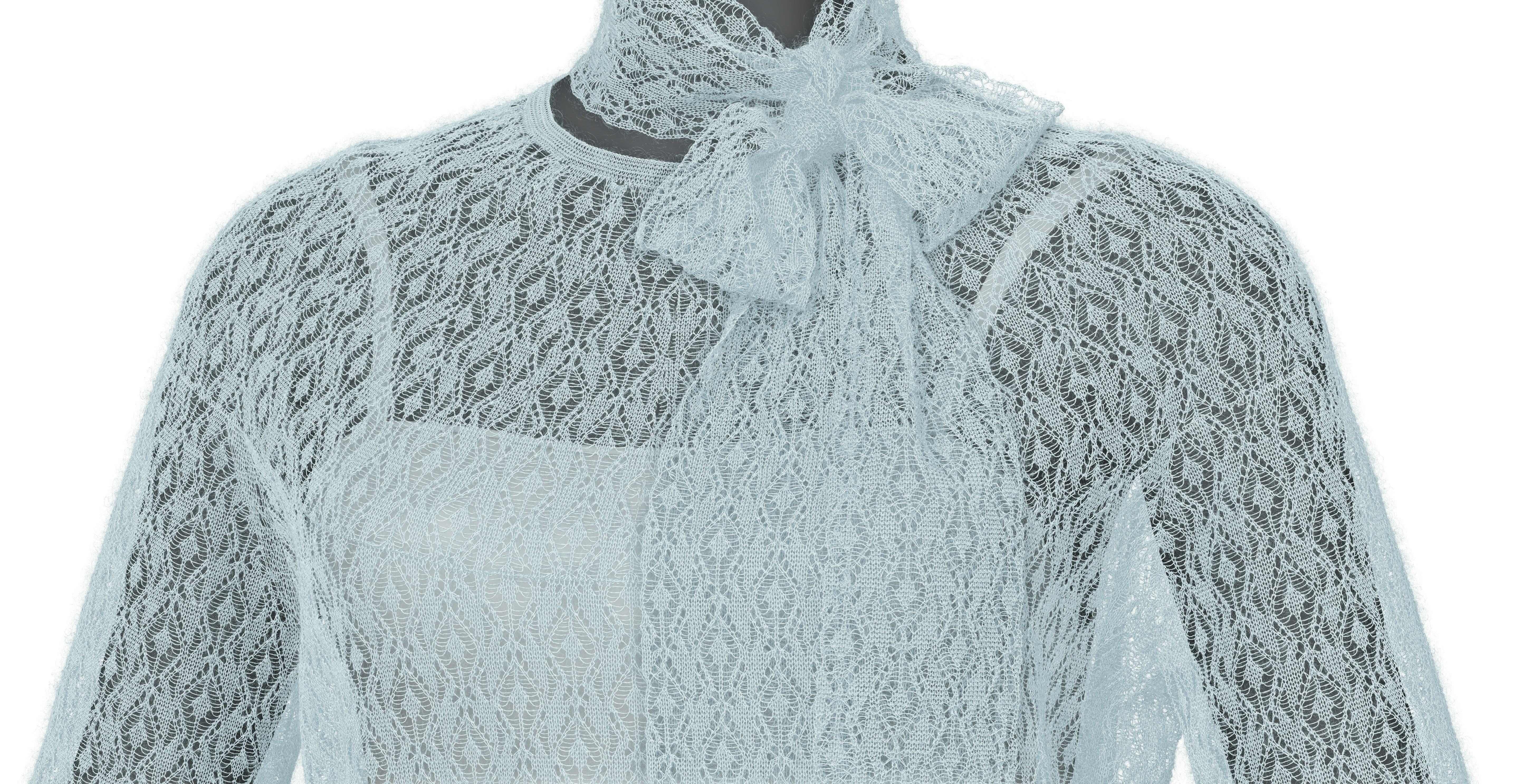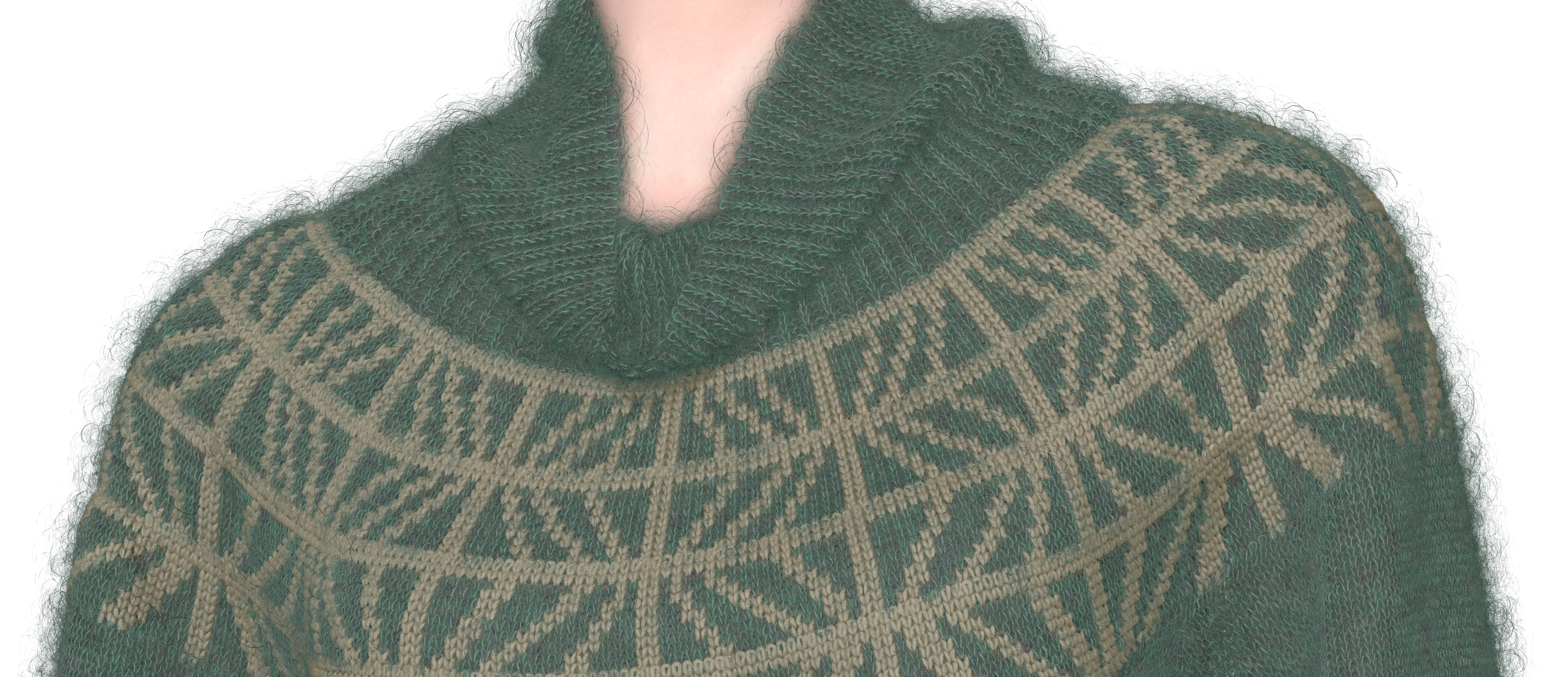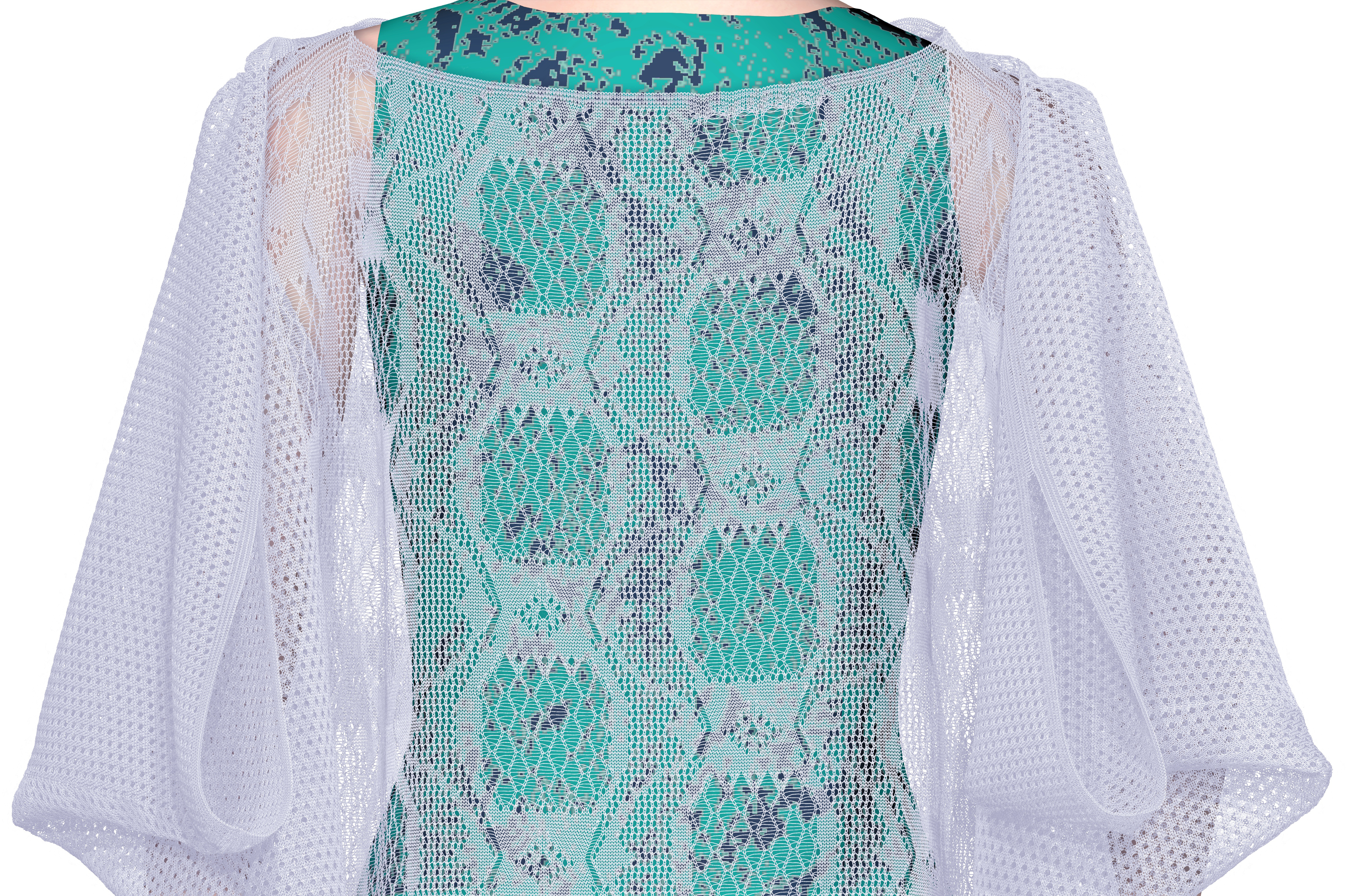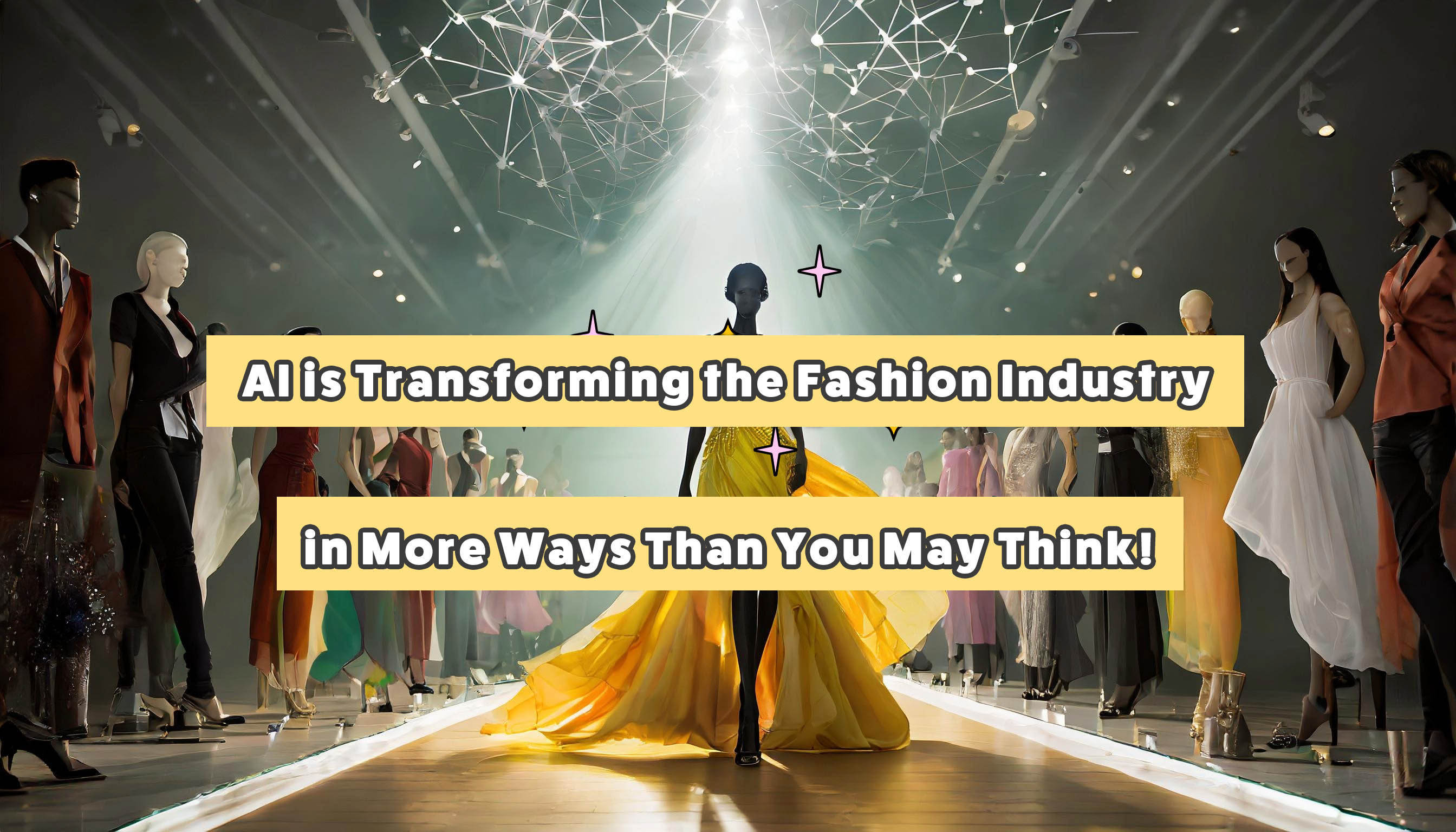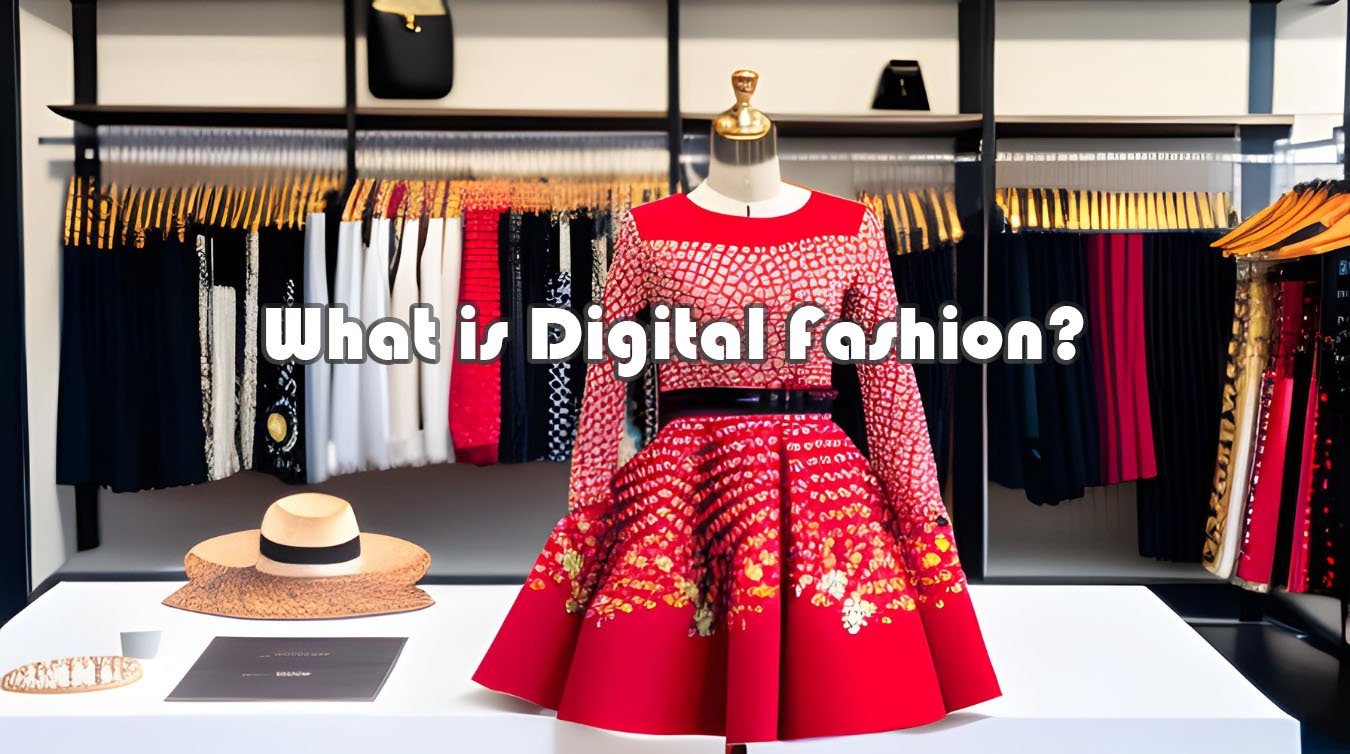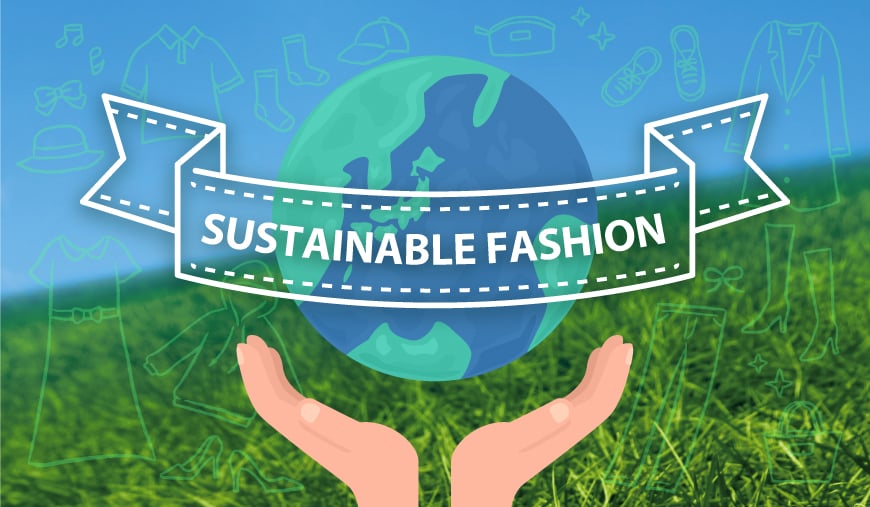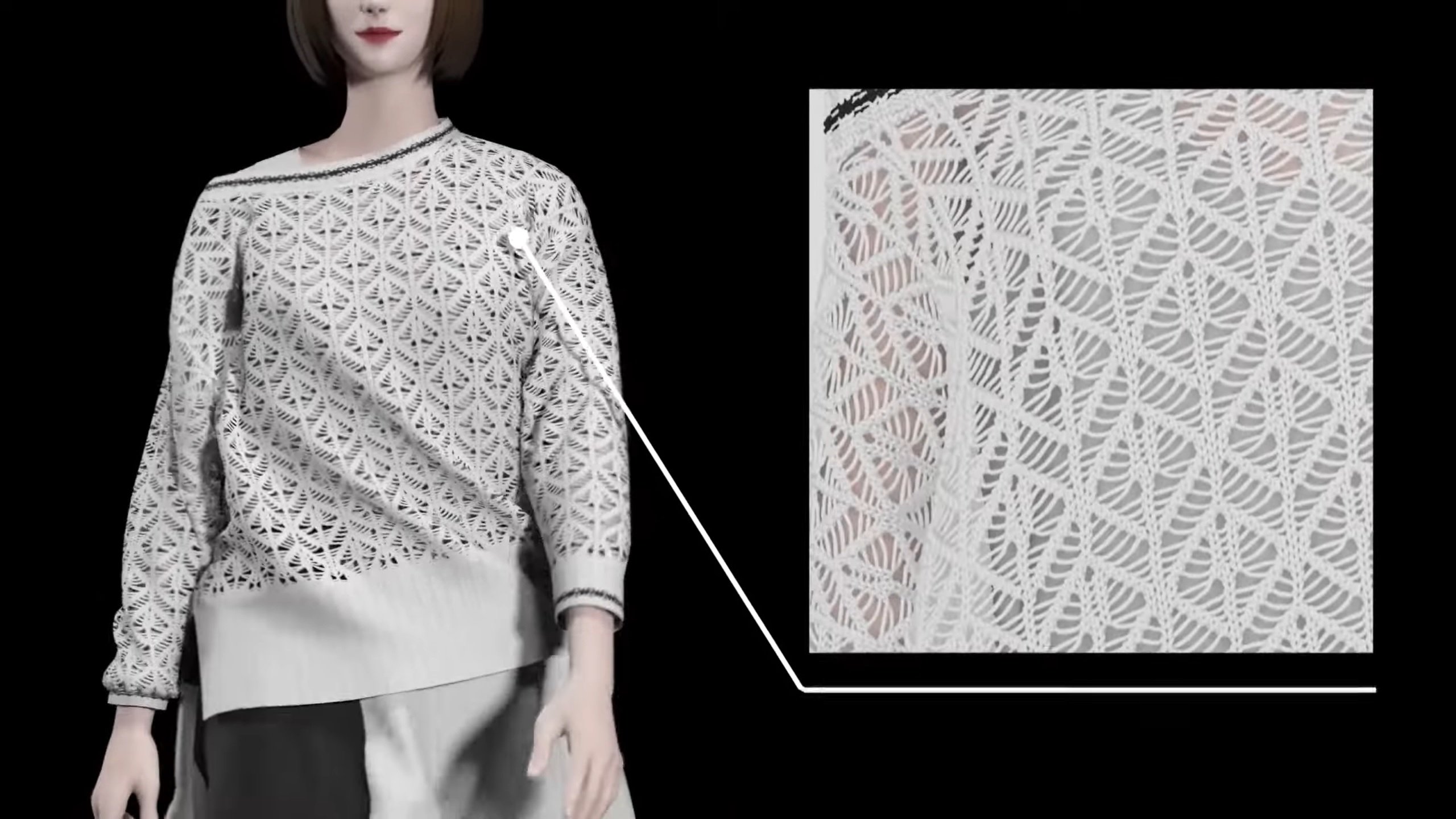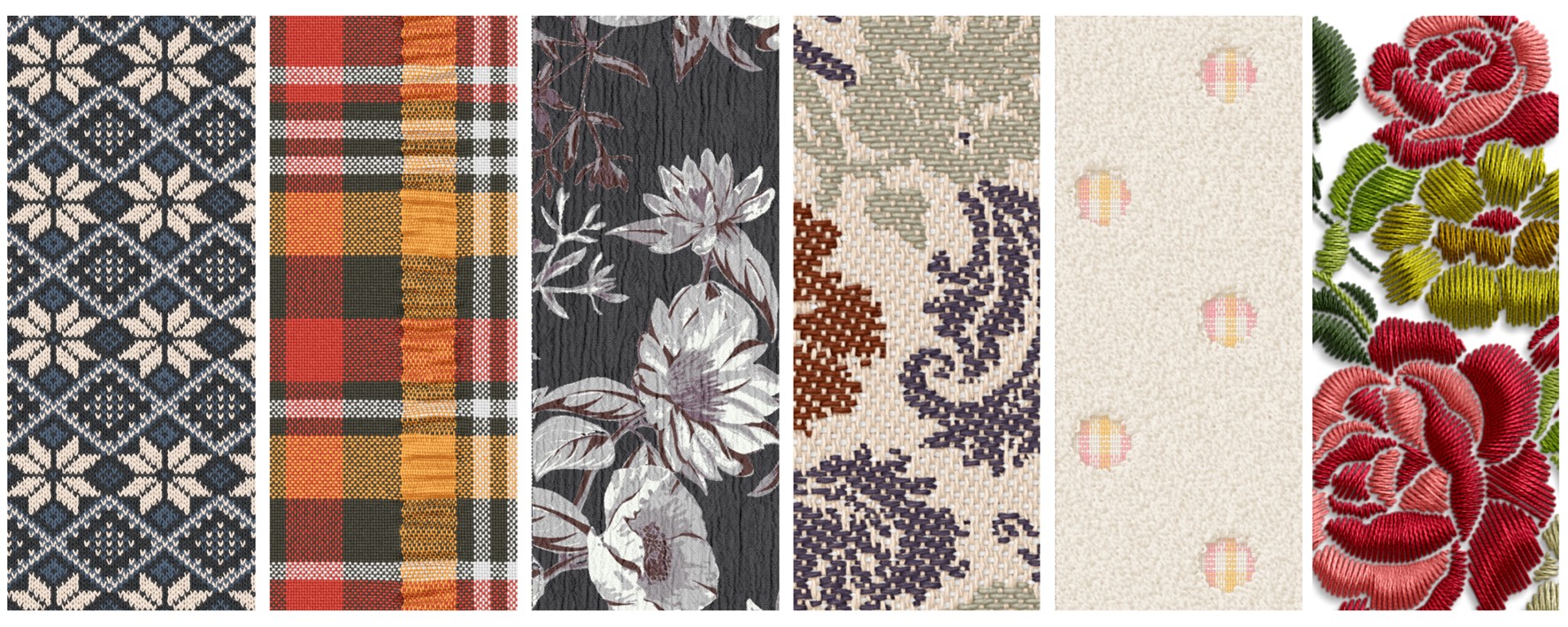Hello, everyone. Welcome to wearware, your go-to site for shaping the future of the fashion and apparel industry.
Circular fashion is gaining attention in the fashion industry as an important concept for building a sustainable future. By reducing mass consumption of resources and large-scale waste generation that come with a traditional linear economy*, and by promoting reuse and recycling, it is possible to lessen the burden on the environment. At the same time, it is also said to contribute to strengthening corporate competitiveness and enhancing brand value from a business perspective. In this article, we will take a closer look at the positive changes brought by circular fashion and the steps companies can take to make it a reality.
* Linear Economy refers to a one-way economic model in which raw materials are consumed to manufacture products that are used then discarded as waste without consideration for resource depletion or environmental consequences.
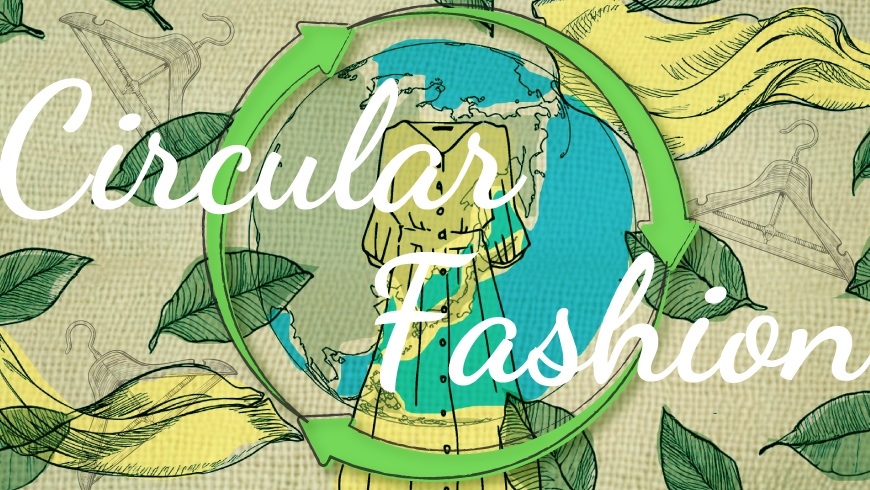
Contents
- What Is Circular Fashion?
・Key Features of Circular Fashion - Why Circular Fashion Is Gaining Attention
・The Environmental Impact of the Fashion Industry
・Growing Consumer Awareness - Why the Fashion Industry Must Embrace Circular Fashion
・Legal Frameworks Driving Corporate Responsibility and Sustainability - Market Size of Circular Fashion
- Examples of Circular Fashion in the Apparel Industry
・UNIQLO
・MUD Jeans
・Shima Seiki
・BRING
・Patagonia - Steps Toward Achieving Circular Fashion
・Rethinking the Supply Chain
・Introducing Recycling Programs
・Adopting Sustainable Design
・Initiatives for Raising Awareness Among Industry Players and Consumers
What Is Circular Fashion?
Circular fashion is a new approach that moves away from the traditional “make, use, dispose” model and instead seeks to create a continuous loop throughout the entire lifecycle of clothing. The concept is rooted in the idea of the circular economy, which first gained traction in Europe around 2015. In a circular economy, products are designed and managed in a way that avoids waste at every stage—from production to consumption—while keeping materials and garments in use through recycling and reuse. The goal is to reduce resource depletion, minimize environmental impact, and even regenerate nature. Circular fashion applies these principles directly to the apparel industry, reshaping how we design, produce, and wear clothes.

Key Features of Circular Fashion
In a circular economy, the focus shifts away from a “throwaway” culture and toward the sustainable use of resources. This means that even after a product is no longer in use, its materials and components are expected to find a second life—transformed and reborn as part of the next product.
The Three Principles of Circular Fashion (Circular Economy)
- Design out waste and pollution
- Keep products and materials in use
- Regenerate natural systems

In the fashion industry, this translates into using durable materials, designing products with recycling in mind, and implementing systems to collect and reuse clothing once it has reached the end of its life.
The 3Rs—"Reduce" (cutting down waste), "Reuse" (using items again), and "Recycle" (turning materials back into resources for new products)—are based on the assumption that waste will inevitably be created, with the goal of minimizing and reusing it. Circular fashion, however, differs in a key way: it aims to design products so that waste is not generated in the first place.
Why Circular Fashion Is Gaining Attention
The fashion industry faces a wide range of challenges—not only environmental issues but also concerns around labor conditions and human rights. By understanding these problems, we can see why circular fashion has become such a focal point for creating change today.
The Environmental Impact of the Fashion Industry
Traditionally built on a model of mass production, mass consumption, and mass disposal, the fashion industry has a massive negative impact on the planet. In fact, it is often cited as the world’s second most polluting industry after oil.
- Water consumption and pollution from cotton cultivation, spinning, and dyeing
- Soil contamination caused by pesticides and chemical fertilizers
- CO₂ emissions during manufacturing and transportation
- Additional CO₂ emissions from burning mass samples, excess inventory, and discarded clothing
- Soil pollution from the landfill disposal of synthetic fibers
That’s why sustainable initiatives are essential—to reduce these environmental burdens and move the fashion industry toward a more responsible future.
Be sure to check out this article, where we take a closer look at the sustainable initiatives happening within the fashion industry—efforts aimed at protecting the planet and natural ecosystems while building a society that can continue to grow and thrive into the future.
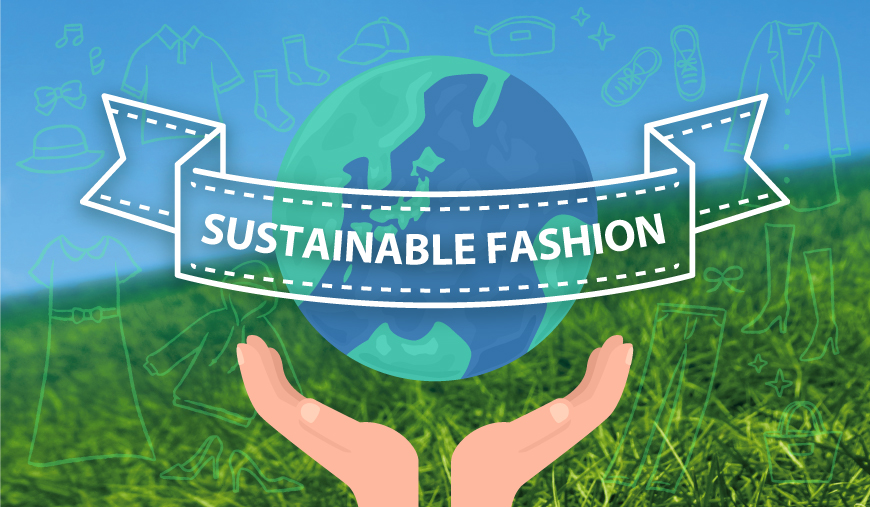
The term "sustainable" has become increasingly common in our everyday lives. Numerous initiatives in various industries are underway for achieving a sustainable society, and the fashion industry is no exception.
Related article
Growing Consumer Awareness
In recent years, consumers have shown increasing interest in ethical consumption*—wanting to know exactly how the clothes they wear are made. One key expectation is traceability, with transparency in the production process becoming a top priority. As a result, many brands are now launching projects that disclose details such as the origin of materials and the broader production background.
* Ethical consumption refers to consumer behavior that considers social issues and supports companies actively working to address them.
Consumer needs and awareness are also shifting, with a growing demand for environmentally friendly products and brands, as well as a move from “ownership to access” through services like sharing and subscriptions. The global market for clothing-related sharing services is projected to reach $1.32 billion in 2024 and expand to $2.75 billion by 2033, with a CAGR of 8.5%. Meanwhile, the global market size for subscription services is expected to grow from around $492.34 billion in 2024 to nearly triple, hitting $1,512.14 billion by 2033.
References :"Market Data Forecast", "Grand View Research"
Why the Fashion Industry Must Embrace Circular Fashion
Globally, the fashion industry produces between 100 and 150 billion items every year, with around 80 billion of them purchased annually. If the current model of mass production and mass consumption continues—combined with the effects of population growth—, the total annual production of clothing worldwide is projected to reach 160 million tons by 2050.
As a result, resource consumption in the fashion industry—such as water, oil, and chemicals—is expected to increase significantly, along with its environmental impact. By embracing circular fashion, the industry can promote the reuse and regeneration of resources, helping to make better use of limited materials, reduce waste, and ease the burden on the environment.
References : "FASHION STATISTICS 2022/3"
Legal Frameworks Driving Corporate Responsibility and Sustainability
By adopting sustainable business models based on circular fashion, companies can fulfill their social responsibility while enhancing brand value. Beyond contributing to environmental protection, such efforts can also improve working conditions for producers, ensure transparency across the supply chain, and clearly show how products are made. These practices build consumer trust and can ultimately become a key driver of long-term business success.
In addition, many countries and regions have introduced laws and guidelines related to sustainability. These regulations put pressure on companies to reduce their environmental impact and are accelerating the shift toward sustainable business models. Below, we’ll introduce at some of the most representative regulations and guidelines from around the world.
European Union (EU)
"The New Circular Economy Action Plan", announced in March 2020, builds on the EU’s earlier "Circular Economy Action Plan" from 2015, which outlined 54 specific actions—all of which have since been completed or are in progress. The new plan takes these efforts further, reinforcing the EU’s commitment to advancing the circular economy.
The European Green Deal is a comprehensive growth strategy aiming to achieve carbon neutrality* by 2050. Its three main goals are: reaching net-zero greenhouse gas emissions, decoupling economic growth from resource use, and ensuring that no region is left behind in the transition to climate neutrality. In line with this, the EU Strategy for Sustainable and Circular Textiles was released in March 2022. It calls for textiles that are durable and recyclable, made largely from recycled fibers, free from hazardous substances, produced with respect for labor conditions and human rights, and designed to eliminate overproduction and reduce waste.
* Carbon neutrality means bringing the net amount of greenhouse gas emissions to zero by balancing emissions with absorption, such as through reforestation. It is a key measure in addressing global warming.
References : "Circular Economy Action Plan", "The European Green Deal", "EU strategy for sustainable and circular textiles"
United States – New York State
The Fashion Sustainability and Social Accountability Act targets apparel companies doing business in New York State with annual revenues of over $100 million. It would require them to disclose more than half of their supply chain, including raw material sourcing, as well as report on greenhouse gas emissions, chemical management, and other significant social and environmental impacts. Introduced in January 2022 and still under deliberation, if passed, it would become the first law in the United States to hold the fashion industry legally accountable for sustainability and corporate social responsibility.
References : "The Fashion Sustainability and Social Accountablity ACT"
Japan
In Japan, the Ministry of Economy, Trade and Industry (METI) and the Ministry of the Environment have introduced the Guidance for Disclosure and Dialogue to Promote Sustainable Finance on the Circular Economy. This framework outlines the direction for shifting away from the traditional model of mass production, consumption, and disposal toward a circular economy. As companies are increasingly required to act and make their business activities more transparent, the guidance also expects investors to appropriately evaluate the information disclosed. Through this initiative, Japan aims to foster a deeper mutual understanding between companies and stakeholders, enhance long-term corporate value, and contribute to the realization of a sustainable society.
References : "Guidance for Disclosure and Engagement for Promoting Sustainable Finance toward a Circular Economy"
Market Size of Circular Fashion
Globally, the circular fashion market is valued at around $7.63 billion in 2025 and is projected to reach $13.94 billion by 2032, reflecting a CAGR of 9.0% over the forecast period. Looking more broadly, the global sustainable fashion market was worth $7.85 billion in 2023 and is expected to grow to $32.66 billion by 2029—growth that can also be considered part of the circular fashion movement.
Circular fashion is expected to continue growing as a key element in building a sustainable future. With rising consumer awareness and expanding corporate initiatives, the market is anticipated to grow rapidly in the years ahead.
References : "Global Circular Fashion Market", "Sustainable Fashion Market"
Examples of Circular Fashion in the Apparel Industry
Here are some examples of companies putting circular fashion into practice. By adopting sustainable business models, they are rolling out various initiatives aimed at reducing environmental impact while reshaping the way fashion is made and consumed.
UNIQLO
Through its RE:UNIQLO project, UNIQLO is working to contribute to a circular society by giving clothing a second life. Collected garments are reused as relief clothing, while materials from unwanted items are recycled into new apparel.

From UNIQLO's official website
MUD Jeans
MUD Jeans, a denim brand from the Netherlands, is recognized as the world’s first circular economy denim label. By collecting old jeans and recycling them into new products, the brand is driving the realization of a circular society. Each pair of jeans uses 90% less water and produces about 47% less CO₂ compared to conventional methods, and the company is now working toward producing jeans made from 100% recycled materials.

From MUD Jeans’ official website
Shima Seiki
Shima Seiki operates BLUEKNIT, an e-commerce platform offering zero-waste knit products. Guided by four principles—caring for the environment, being gentle on people, supporting producers, and promoting an ethical society—the company is committed to resource circulation. By leveraging its WHOLEGARMENT® technology, Shima Seiki minimizes waste during production and tackles product disposal loss by buying back BLUEKNIT items, repairing them for resale, or recycling them using the most suitable methods for each material.

From BLUEKNIT’s official website
BRING
BRING is a brand that implements a circular economy by collecting unwanted clothing and recycling it back into raw materials through its proprietary technology, enabling garments to be reborn repeatedly. Polyester, which accounts for about 60% of global fiber production, was once limited to being recycled only once—but with BRING Technology, it can now be recycled repeatedly without limitation.

Patagonia
In 2023, Patagonia was ranked as the top company for the third consecutive year in the Circular Fashion Index, which evaluates brands based on their level of circularity.
Reference : "Patagonia, Levi’s and The North Face Again Top Kearney’s Circular Fashion Index"
Through its Worn Wear program, Patagonia promotes the idea that the best thing we can do for the planet is to keep our gear in use longer and reduce overall consumption. The program shares care and repair techniques to help clothing last, while also offering to buy back unwanted Patagonia products.

From Patagonia’s official website
Steps Toward Achieving Circular Fashion
For companies to successfully adopt circular fashion, they need to put concrete strategies into place.
Rethinking the Supply Chain
It is crucial to review the entire supply chain and incorporate sustainable materials and ethical production methods. For example:
- Work with local suppliers to reduce environmental impact such as CO₂ emissions from transportation
- Use biodegradable or renewable materials
- Increase supply chain transparency to ensure compliance with labor and environmental standards
- Utilize data on sales and inventory to improve demand forecasting and production planning, preventing waste from unsold stock
For more on eco-friendly materials such as biodegradable and renewable options, be sure to check out this article.

What Are "Eco-Friendly" Materials? Sustainable Choices Companies Can Make in Their Manufacturing
The global environment is undergoing rapid change and is steadily worsening. In this context, terms like "sustainable" and "upcycle" have gained prominence. Recently, more products labeled as "eco-friendly" can be seen on store shelves. In this article, we’ll explore eco-friendly initiatives, the materials companies can use for manufacturing, and the steps individuals can take as consumers.
Related article
Introducing Recycling Programs
By implementing collection and recycling programs for used clothing, companies can extend product lifecycles and reduce waste. Effective approaches include:
- Establish systems to buy back or collect unwanted clothing, then repair and resell items or recycle them as raw materials
- Offer programs that allow parts of a product to be replaced or upgraded, extending its overall lifespan
Adopting Sustainable Design
It is important to integrate sustainability from the design stage, creating products that minimize environmental impact while being durable and repairable. This approach extends product lifespans and helps prevent waste.
- Incorporate virtual sampling processes to minimize resource use during design and production
- Choose durable materials and designs
- Create adjustable designs that can grow with the wearer for longer use
- Provide repair services to extend the life of garments
Initiatives for Raising Awareness Among Industry Players and Consumers
It’s essential to communicate the importance of circular fashion to consumers and raise awareness of recycling and ethical consumption. This helps guide purchasing behavior toward more sustainable choices.
- Host workshops and seminars on circular fashion
- Use social media to share practical tips and benefits of circular fashion
- Collaborate with eco-conscious brands to run joint campaigns
- Add labels or tags that allow consumers to see how products were made
Circular fashion is attracting attention as an initiative for sustainable fashion that is friendly to the global environment. Well-known brands and companies all over the world are already actively implementing concrete initiatives, such as using sustainable materials and setting up collection and reuse programs for unwanted clothing. However, in order to further lead circular fashion to success, it is necessary to review the entire supply chain business model—from production to reuse of clothing—and evolve it into a circular society. Along with raising consumer awareness, it is becoming increasingly important for companies to take more proactive steps and drive transformation across the entire fashion industry.
wearware supports the digitalization of fashion design.
Stay tuned for more updates!
